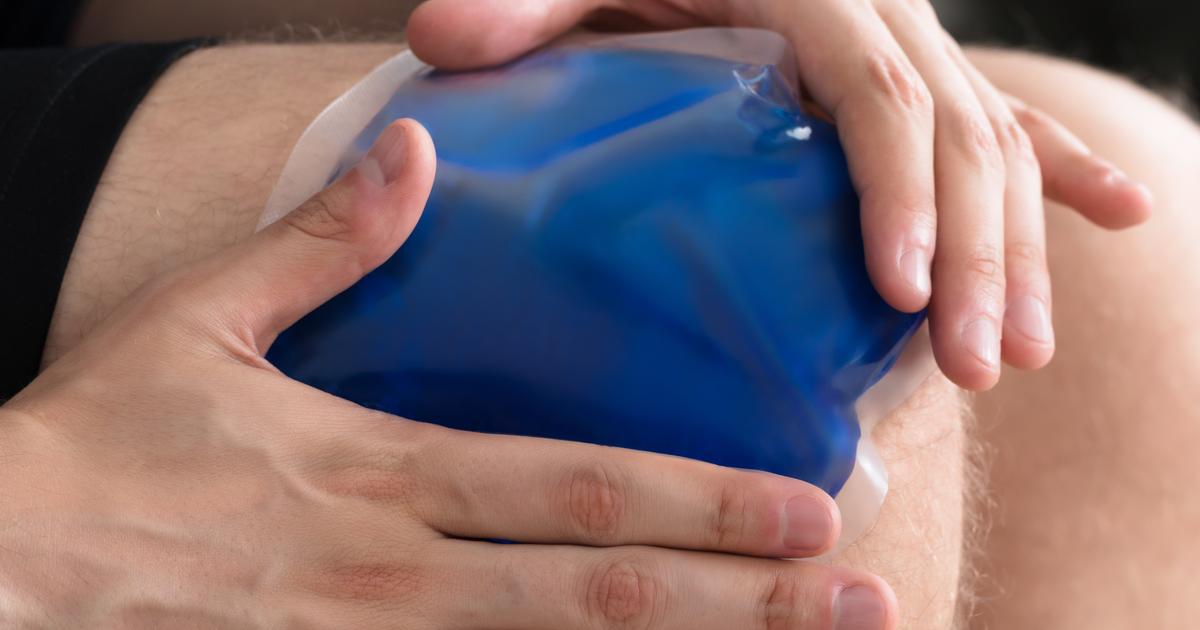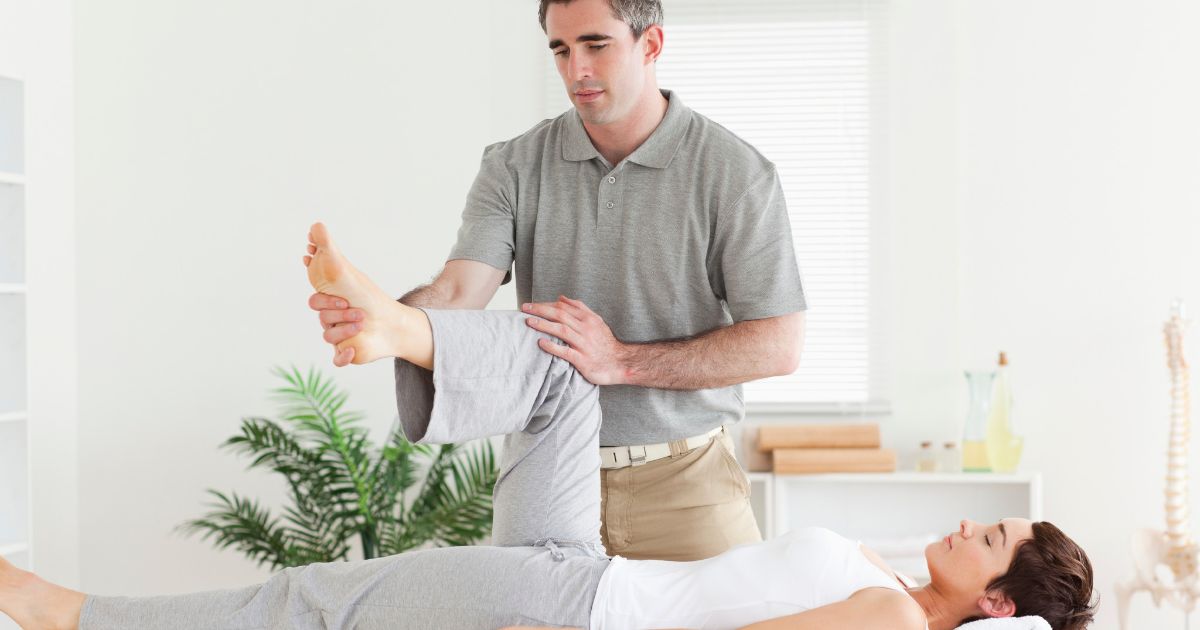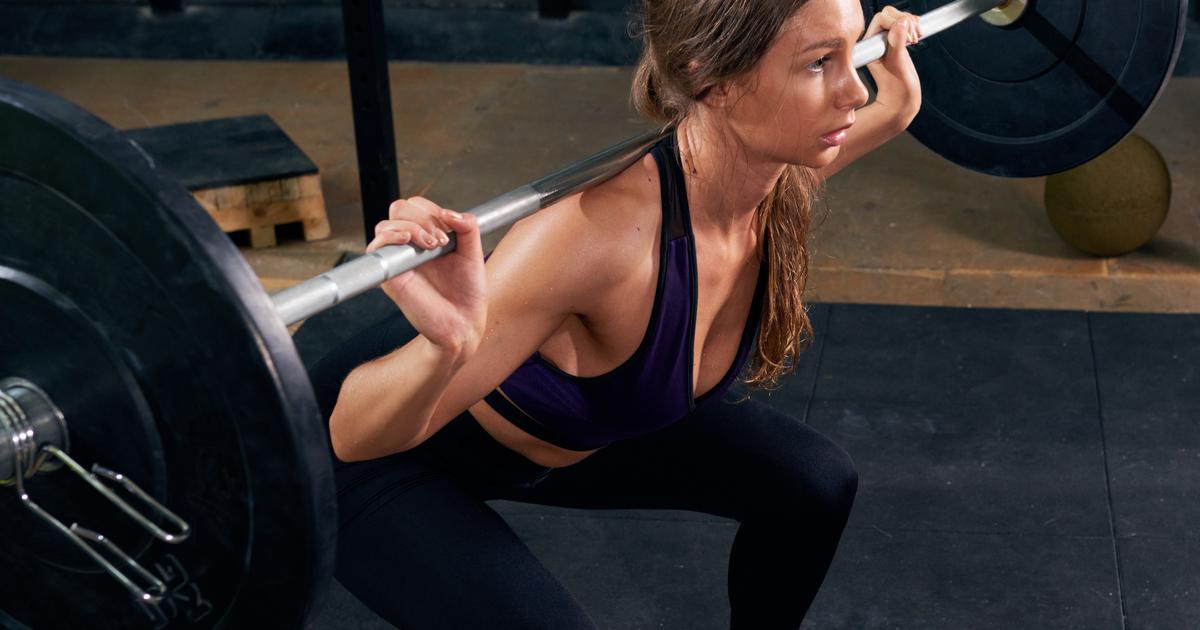Guide To Treating Chondromalacia Patella Effectively
Chondromalacia patella, also known as runner's knee, is a condition that affects the cartilage on the undersurface of the kneecap. Typically, it affects young athletes or older adults with arthritis, and it deteriorates and softens the patella. It can be a result of overuse in sports, improper knee alignment, or excess weight on the knee. When patients have runner's knee, they can experience pain from the knee and femur rubbing together or grinding sensations when the knee is flexed, but many individuals never seek medical treatment. Doctors may use an MRI scan, blood tests, or an arthroscopy to accurately diagnose it.
Get to know the treatments and management options for chondromalacia patella now.
Avoiding Irritating Movements Initially

For many individuals, chondromalacia patella is a result of overuse. This means it can be treated effectively by not using the knee and avoiding irritating movements. Rest can be sufficient for individuals suffering from mild runner's knee, though it is not the only solution for all cases. There are patients whose runner's knees are the result of improper alignment. In those cases, it is important for individuals to make sure they speak with a professional before beginning any form of treatment to ensure they are doing everything they can. Some patients may begin with a resting regimen and then switch to something more aggressive after rest has proven ineffective for them.
Keep reading to learn more treatment methods for chondromalacia patella.
Icing The Affected Area

Icing the affected area can be beneficial for the patient's pain and recovery process, because inflammation can occur around the area of the knee, and icing the knee can reduce the inflammation and subsequently reduce the pain they may be experiencing. This treatment method can also help advance the healing process. Many individuals find icing the knee for fifteen to twenty minutes four times a day for the first couple of days they experience pain greatly assists their healing process. That said, it is important for them to not apply the ice directly to their skin but rather wrap the ice or cold pack in a towel, as direct application can cause side effects, including burns.
Continue to reveal what kind of conditioning helps treat chondromalacia patella next.
Cardiovascular Conditioning

Physical therapy can also be beneficial for chondromalacia patella patients. A physical therapist can walk patients through a variety of different exercises where they engage in cardiovascular conditioning. This way, individuals focus on strengthening their quadriceps, hamstrings, adductors, and abductors to truly balance out their muscles. Patients will also be able to improve their muscle strength. Over time, individuals with chondromalacia patella will able to prevent misalignment from occurring as long as they maintain a regular regimen. As with any treatment, it is critical to perform these steps under the watchful care of a medical professional who can direct patients toward the right physical therapist.
It's time to talk about how surgery can help treat chondromalacia patella.
Surgical Correction

In certain cases, it may be necessary for the chondromalacia patella patient to receive arthroscopic surgery to examine the joint and determine if there is any misalignment in the knee. This particular surgery involves having a camera inserted into the joint through an incision. If there is an issue of misalignment, surgical correction may be able to fix the problem. A common procedure performed for this condition is lateral release. In this operation, the ligaments are cut to release tension in the knee and allow for complete movement. Surgery may be coupled with other treatments such as physical therapy to provide patients with a better chance of recovery.
Learn more about the ways to manage chondromalacia patella now.
Avoiding Full Squats With Weights

Because strain on an individual's knee could be the source of their pain, they need to avoid putting unnecessary weight on it. With this in mind, individuals should avoid doing full squats with weights. This means when they work out, they should avoid using weights and try to avoid squatting when recovering. Squatting can place undue strain on the joint and cause more injury before their body has even had a chance to heal. If individuals find it necessary to exercise, they should be sure to do exercises that do not require weights or squatting, such as riding a stationary bike or swimming.